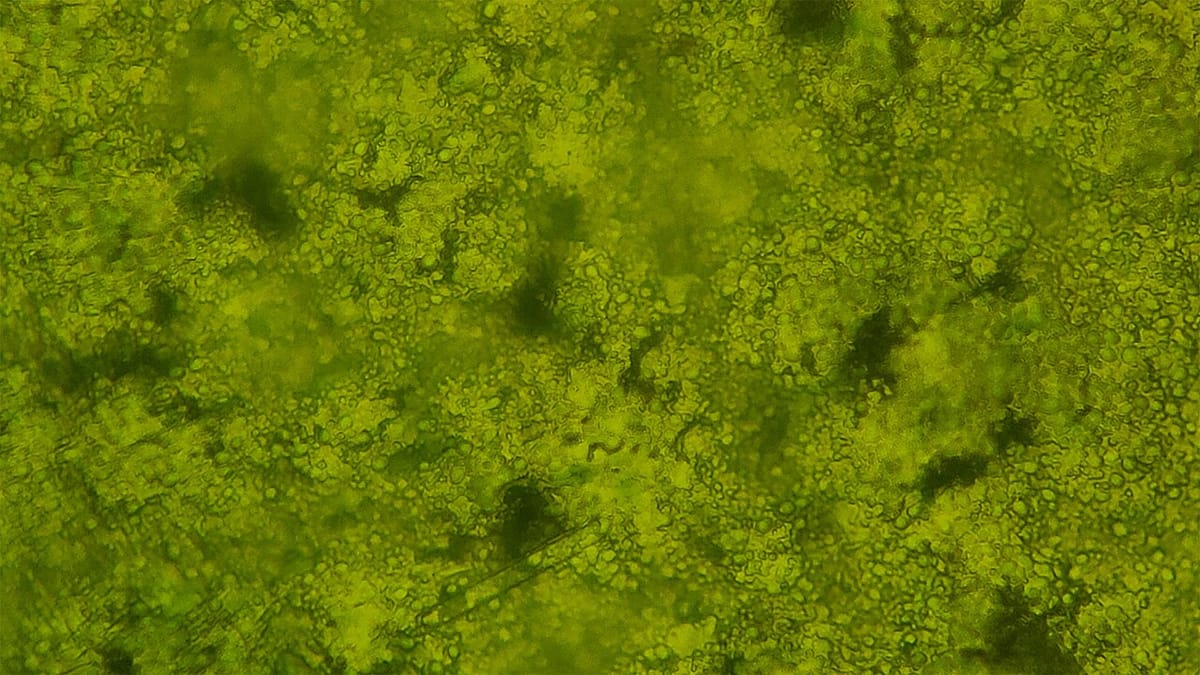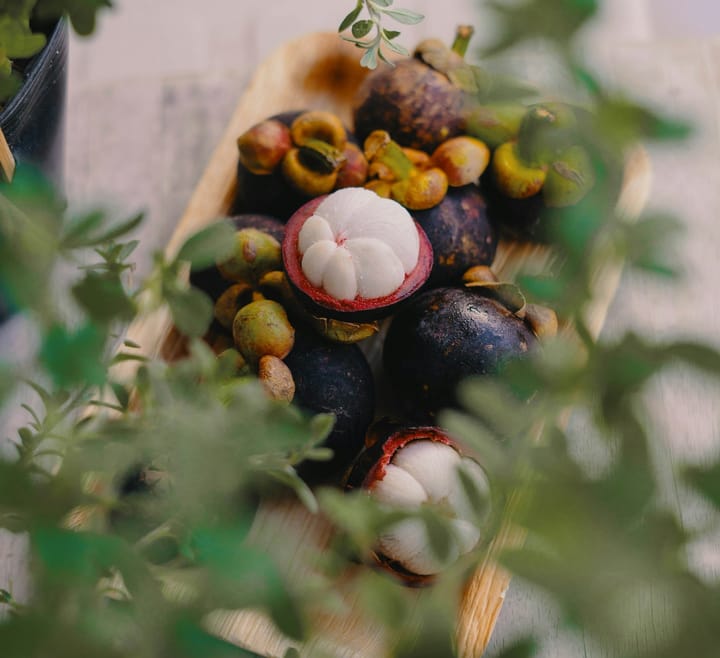Phytoplankton: The Tiny Algae That Sustain Marine Life and Earth's Oxygen
Dive into the fascinating world of phytoplankton, the microscopic algae that form the foundation of marine ecosystems. Discover their vital role in sustaining life in our oceans, from the smallest zooplankton to the largest whales, and learn about their incredible diversity and adaptations.

What Are Phytoplankton?
Picture yourself adrift in the vast expanse of the ocean, surrounded by seemingly empty water.
But if you were to peer through a microscope, you'd discover a hidden world teeming with life - the realm of phytoplankton.
Phytoplankton are microscopic, single-celled organisms that drift with the currents in the upper layers of the ocean and other bodies of water.
The term "phytoplankton" comes from the Greek words "phyto," meaning plant, and "planktos," meaning wanderer or drifter. This name reflects their plant-like nature and their inability to swim against the currents.
Despite their small size, typically ranging from a few micrometers to a few hundred micrometers (for comparison, a human hair is about 50 micrometers wide), phytoplankton are incredibly diverse and numerous.
There are tens of thousands of known species, each with unique shapes, sizes, and adaptations.
Some common types include diatoms, which have intricate glass-like shells, dinoflagellates, which can propel themselves with whip-like tails, and coccolithophores, which are covered in plates of calcium carbonate.
The Importance of Phytoplankton in Marine Ecosystems
Just like plants on land, phytoplankton form the base of the marine food web.
They are primary producers, meaning they harness sunlight through photosynthesis to convert carbon dioxide and water into organic compounds and oxygen.
This process, known as primary production, is the foundation upon which nearly all marine life depends.
Phytoplankton are the main food source for zooplankton, the tiny animals that drift in the ocean currents. Zooplankton, in turn, are consumed by larger animals like fish, crustaceans, and even some whales.
In this way, the energy captured by phytoplankton during photosynthesis is transferred up the food chain, ultimately sustaining the incredible diversity of life in our oceans.
But phytoplankton's importance extends far beyond their role as the ocean's primary producers. They also play a critical role in regulating Earth's climate.
As they photosynthesize, phytoplankton absorb significant amounts of carbon dioxide from the atmosphere and release oxygen.
It's estimated that phytoplankton are responsible for producing about half of the world's oxygen - every other breath you take comes courtesy of these microscopic marvels!
Furthermore, when phytoplankton die or are consumed, some of the carbon they've incorporated into their cells sinks to the deep ocean, effectively removing it from the atmosphere for hundreds to thousands of years.
This process, known as the biological pump, helps to regulate Earth's carbon cycle and mitigate the impacts of climate change.
Phytoplankton and Geoduck Clams
So, how do phytoplankton relate to geoduck clams, those giant burrowing bivalves of the Pacific Northwest? The answer lies in the geoduck's diet and the incredible filtering capabilities of bivalves in general.
Like all bivalves, geoducks are filter feeders. They use their siphons to draw in seawater, which they then pass over their gills to strain out food particles, including phytoplankton and other organic matter.
A single geoduck can filter over 30 gallons of water per day, effectively clearing the water of excess nutrients and phytoplankton blooms.
In this way, geoducks and other bivalves act as natural water purifiers, helping to maintain the delicate balance of coastal ecosystems.
By controlling phytoplankton populations, they prevent the harmful algal blooms that can occur when nutrients from agricultural runoff or other sources accumulate in coastal waters.
Moreover, the nutrients that geoducks and other bivalves consume are eventually returned to the ecosystem through their waste products, which serve as food for bottom-dwelling organisms and contribute to the cycling of nutrients in the ocean.
Threats to Phytoplankton and Marine Ecosystems
Despite their importance, phytoplankton populations are facing numerous threats in today's changing oceans.
One major concern is climate change, which is altering ocean temperatures, circulation patterns, and chemistry in ways that can impact phytoplankton growth and distribution.
As ocean waters warm, they become more stratified, with less mixing between layers.
This can limit the upwelling of nutrients from deeper waters, reducing the nutrients available for phytoplankton growth in the sunlit upper layers.
Additionally, as more carbon dioxide dissolves in the ocean, it's causing the water to become more acidic, a process known as ocean acidification.
This change in chemistry can make it harder for some phytoplankton, particularly those with calcium carbonate shells, to grow and survive.
Other threats to phytoplankton include pollution, such as agricultural and urban runoff that can lead to excessive nutrient loading (eutrophication) in coastal waters.
While an abundance of nutrients might seem beneficial for phytoplankton growth, it can actually lead to massive algal blooms that can be harmful, even toxic, to marine life.
When these blooms die off and decompose, they can deplete the water of oxygen, creating "dead zones" where few organisms can survive.
Protecting phytoplankton and the marine ecosystems they support will require a concerted effort to address these challenges.
This includes reducing greenhouse gas emissions to mitigate climate change, improving agricultural practices and wastewater treatment to limit nutrient pollution, and protecting coastal habitats like wetlands and seagrass beds that help to filter pollutants and stabilize shorelines.
By understanding the vital role that phytoplankton play in our oceans and the complex interconnections within marine food webs, we can better appreciate the importance of preserving these microscopic marvels for the health and resilience of our planet.
So the next time you enjoy a meal of geoduck clams or any other seafood, take a moment to reflect on the incredible journey that energy has taken, from the sun to the phytoplankton to the animals we consume.
By supporting sustainable seafood practices and working to protect our oceans, we can help ensure that the tiny but mighty phytoplankton continue to sustain life on Earth for generations to come.


